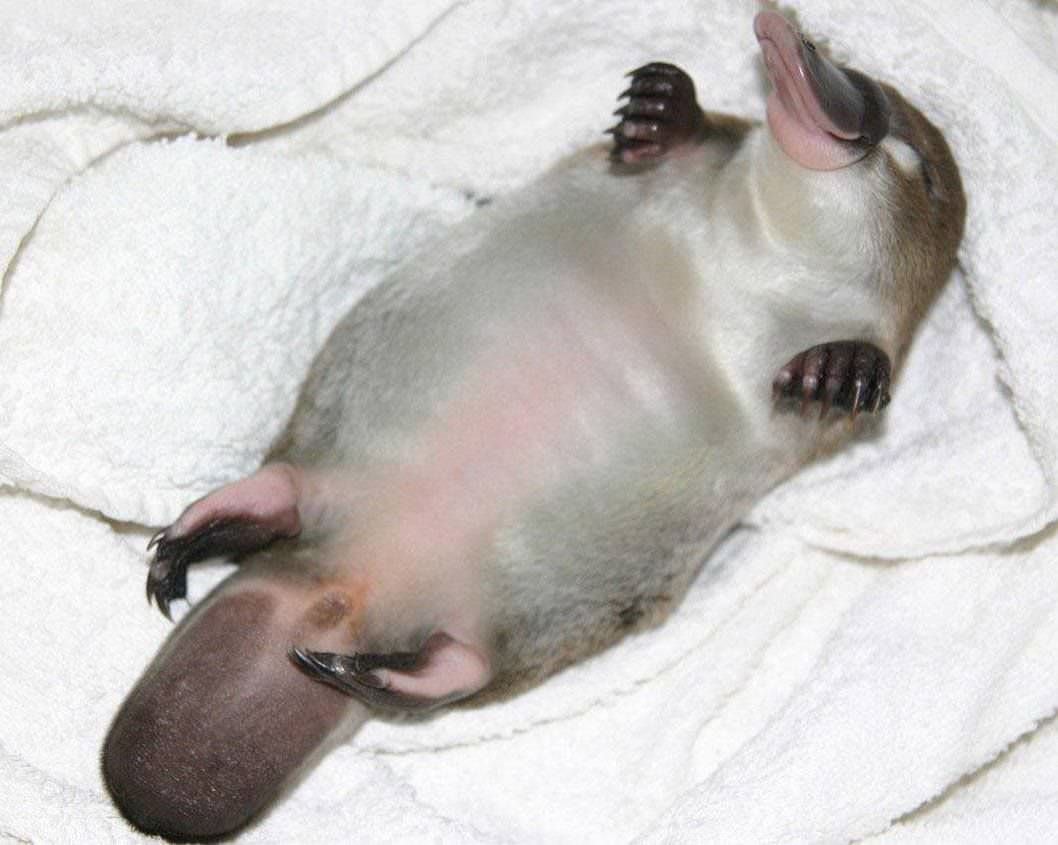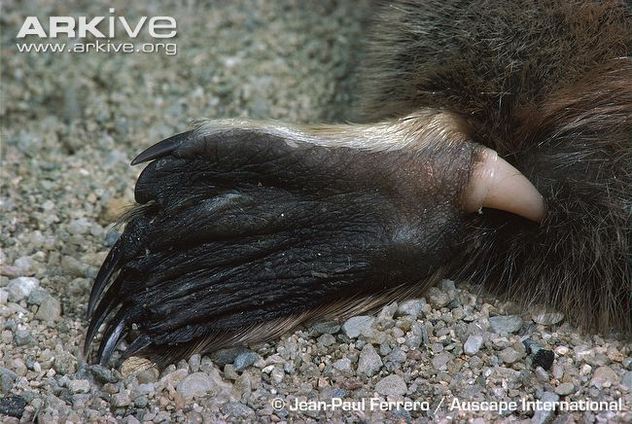

The Platypus: A Unique Creatureīecause of its unusual size and shape, it is difficult to categorize the platypus. It is not uncommon for platypuses to swim underwater in order to stay alive.

With its long, loose paws and short legs, it is easy to swim and dive. If we work together to protect this unique animal for future generations, we can help ensure that it is still in the wild. It is possible to help the platypus by not damaging or destroying its habitat and educating ourselves and our children about its importance. To the best of our ability, we must do everything we can to protect platypus habitat and species. The loss and degradation of the platypus’ natural habitat, which is being impacted by human activity such as logging and mining, is the primary threat to the species. There are now only an estimated 30,000 platypuses left in the wild, and the population has declined by 90% in the last century. The platypus, despite being one of the most fascinating and unique animals, is in danger of extinction. Platypus are commonly found in freshwater rivers, wetlands, and billabongs, but they are also known to be found in brackish estuaries. The male platypus’s venomous stingers on the heels of its hind feet can render any foe extremely dangerous.

Platypus, which can lay eggs in its mouth, is a duck-billed, beaver-tail, otter-footed, egg-laying aquatic creature native to Australia. This fish, which has a beaver-like tail and webbed feet, is a bottom feeder that finds insects, shellfish, and worms in water.


 0 kommentar(er)
0 kommentar(er)
